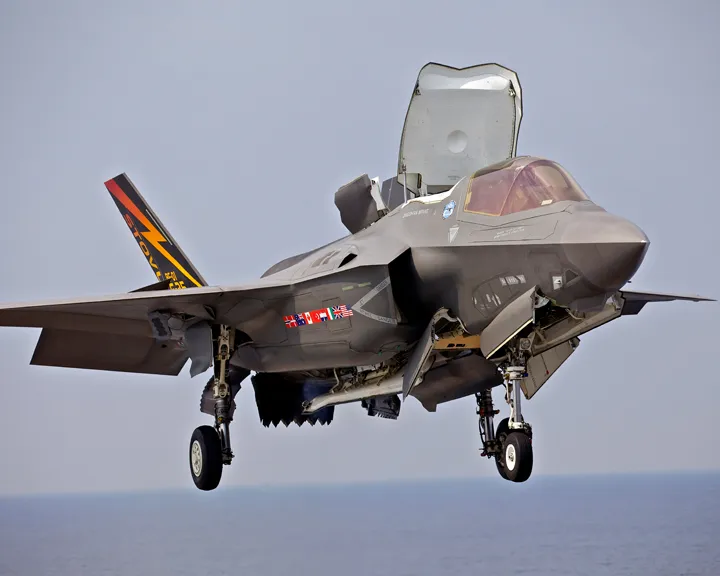Growing uncertainty about U.S. commitments under the Trump administration is pushing NATO allies to accelerate development of their own sixth-generation fighter program, according to a Newsweek report.
The shift comes as President Donald Trump repeatedly criticizes European NATO members for insufficient defense spending, demanding they increase military budgets. While U.S. Defense Secretary Pete Hegseth insists America isn’t reducing its European presence, allies remain wary – especially after Trump’s past threats to withdraw from NATO.
“The Trump factor has definitely created stronger European interest in sixth-gen fighters compared to pre-2024,” a former Lithuanian foreign minister told Newsweek. The concern stems partly from fears that Washington could restrict F-35 capabilities or support for users who disagree with U.S. policies.
Currently, Lockheed Martin’s F-35 remains the only fifth-gen option for Western militaries, with 20 nations – mostly NATO members – operating or ordering the jets. But European leaders increasingly view independent development as crucial for maintaining defense autonomy.
Germany’s Defense Minister Boris Pistorius recently acknowledged there’s “no alternative” to the F-35 today, but warned canceling orders could strain transatlantic ties. Meanwhile, a joint UK-Italy-Japan program aims to field a next-gen fighter by 2035 to replace Typhoons and F-2s.
The European initiative promises cutting-edge capabilities, including radars processing 10,000x more data than current systems. Mitsubishi Heavy Industries, BAE Systems, and Leonardo SpA lead development, with Japan recently easing arms export rules to allow future international sales.
As one European official noted: “There’s now extra pressure to make this all-European project work.” The program could redefine aerial combat – and transatlantic defense relations – for decades to come.

